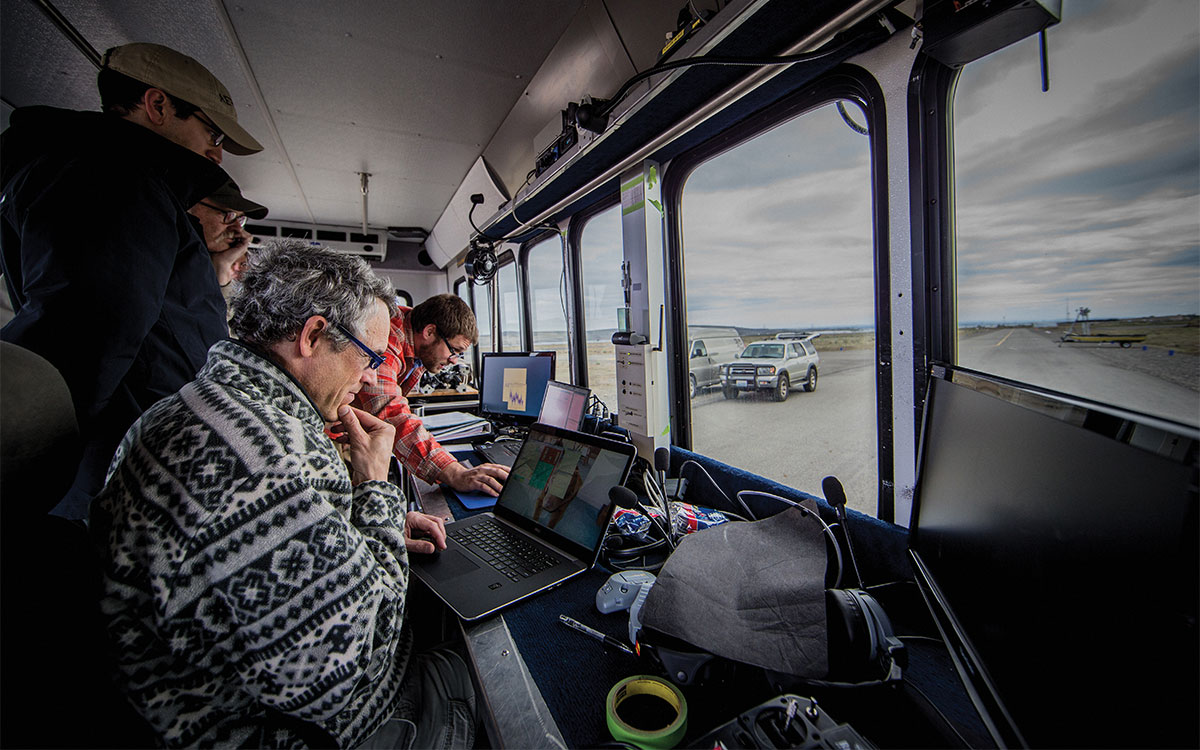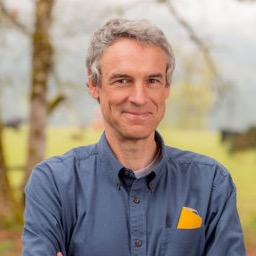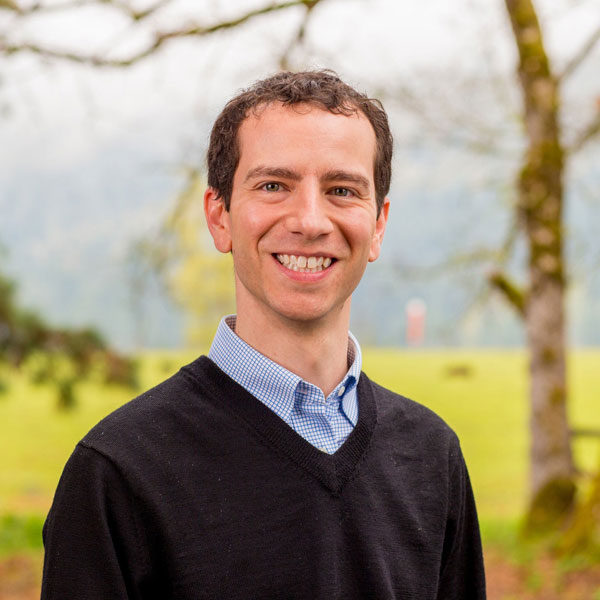
Aerovel Corporation, develops the Flexrotor unmanned aerial system from our base in Washington State’s Columbia Gorge. We are small, focused, and experienced; staffed by veterans who developed the Aerosonde and ScanEagle aircraft series.

CEO
Ali Dian has more than 30 years of leadership experience in design and development, manufacturing, program management, sales and marketing for both the Department of Defense (DOD) and commercial industries. After earning a B.S. in Mechanical Engineering from Villanova University and a M.S. in the same from Penn State University, he went on to hold executive roles in several companies in the aerospace and unmanned aircraft system (UAS) industry. He has been vice president of business development at Sierra Nevada Corporation, senior director of development, marketing and sales at Collins Aerospace and vice president of product and business development at Athena Technologies among many other roles. He is known for building strong teams that deliver product excellence, revenue, profit, market-share growth and customer satisfaction. In addition, he has a proven track record in leading businesses in both high-growth and challenging situations.

Founder and Chief Technology Officer
Dr. Tad McGeer trained as an aeronautical engineer at Princeton and Stanford, and then joined the new Engineering Science faculty at Simon Fraser University in his native British Columbia. There he developed the concept of passive dynamic walking, which went on to be adopted as a paradigm for study of human locomotion and design of legged robots. In 1990 he returned to aeronautics, joining a Virginia start-up, Aurora Flight Sciences, as chief scientist. He headed early design studies on the Perseus and Theseus unmanned research aircraft, and then proposed the Aerosonde concept for long-range weather reconnaissance. This led to founding of The Insitu Group, beginning in a Silicon Valley garage in 1992, and moving to the Columbia River Gorge in 1994. Insitu pioneered development of miniature robotic aircraft in worldwide trials, with Aerosondes making the first unmanned Atlantic crossing (1998), first unmanned typhoon reconnaissance (2001), and first eye penetrations into tropical cyclones (2005).[ Read More ]

Vice President of Business Development and Technologies
Dr. Ben Motazed has been in the robotics and unmanned systems industry for more than 30 years. He earned his B.S., M.S. and Ph.D. in Civil and Robotics Engineering from Carnegie Mellon University and started his career as a research scientist at the Carnegie Mellon University Robotics Institute. While there, he pursued research in subsurface mapping technologies and devices, unmanned ground vehicles and distributed vehicle control systems. Since then, he has held senior executive roles in strategy, business development, sales, product management and marketing at companies such as Aurora Flight Sciences, Athena Technologies, Rockwell Collins, Google X, Intel Corporation and AeroVironment. Ben is an experienced enterprise account manager with a long history of working in the unmanned systems and aerospace industries.

Vice President of Operations and Manufacturing
Ricky Knowles has a remarkable track record of success in the aerospace and UAV industry, bringing nearly a decade of progressive experience in Group 2 and 3 UAV from Insitu. Beginning his tenure at Insitu as ScanEagle Program Manager, and concluding it as Vice President of Business Operations, Knowles lead a portfolio of acquisition, sustainment, production and development projects, both domestically and internationally. Prior to Insitu, Knowles served ten years as a Naval Aviator flying over 1,500 hours in the EP-3 and P-3C aircraft. As a Pilot and Mission Commander, he conducted Intelligence, Surveillance and Reconnaissance (ISR) missions in the Middle East, Europe and Western Pacific. Prior to leaving the Navy, he was a Secretary Joint Staff (SJS) Officer where he earned the Defense Meritorious Service Medal for his service to the 4-star Command Group.

Board Member and Technology Advisor
Andy von Flotow studied engineering science and aeronautics at the University of Toronto, and then at Stanford, where he and Dr. McGeer were classmates. During his career he has been by turns a skydiver, hang-glider pilot, windsurfer, blue-water sailor, orchardist, academic, and high-tech entrepreneur. He did post-doctoral work on space-tether dynamics at Stanford and DVFLR Oberpfaffenhofen, and then joined the Aeronautics and Astronautics faculty at MIT. He served six years in Cambridge as professor of dynamics, control, and ruthless approximation, and moved to the Columbia Gorge to found Hood Technology in 1993. Under his leadership Hood Tech has developed a diverse range of activities in aerospace and industrial dynamics, and its work on imaging systems and catapults for Insitu’s ScanEagle has put the firm at the forefront of the industry. Dr. von Flotow was founding chairman and board member at Insitu for more than a decade, and serves also as affiliate professor of Aeronautics and Astronautics at the University of Washington.

Chief Software Engineer
Dr. Kris Gauksheim earned a BS in engineering sciences at Harvard, with a focus on electrical engineering and computer science. He joined Insitu in the midst of the SeaScan/ScanEagle program, where he worked closely with Dr. McGeer as a software developer, aircraft operator and flight instructor on land and at sea. He was instrumental in developing ScanEagle’s differential-GPS technique for autonomous SkyHook retrieval (U.S. Patent 6,961,018 B2). Kris joined Aerovel on day one and works on next-generation ground and onboard software for robotic vehicles and flight testing. He recently completed his PhD work at University of Washington’s William E. Boeing Department of Aeronautics and Astronautics.
"We saw early on that Flexrotor’s combination of small footprint and long endurance put it in a class by itself. We’ve used it for shipboard reconnaissance, in the high Arctic and on the high seas, which just wouldn’t be practical with any other aircraft. Now we’re setting a new standard in the high desert. We show up with a few boxes and a couple of guys, ready to operate for months on end. It’s hot and it’s high, with density altitude usually over 6000 ft through the summer, and we fly night after night, all night, getting imagery to our customer which can’t be obtained any other way."
Matt Parker
UAS Operations Director
Precision Integrated Programs
